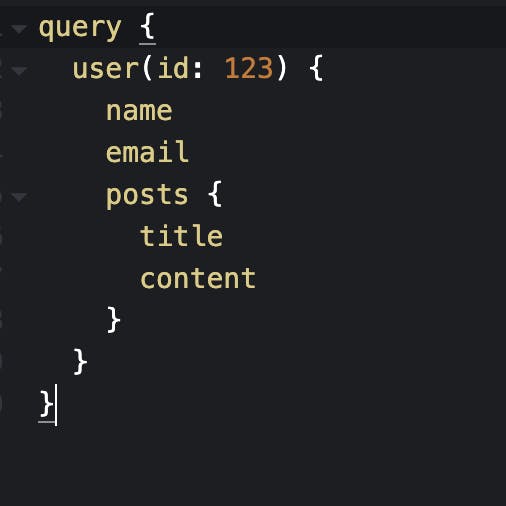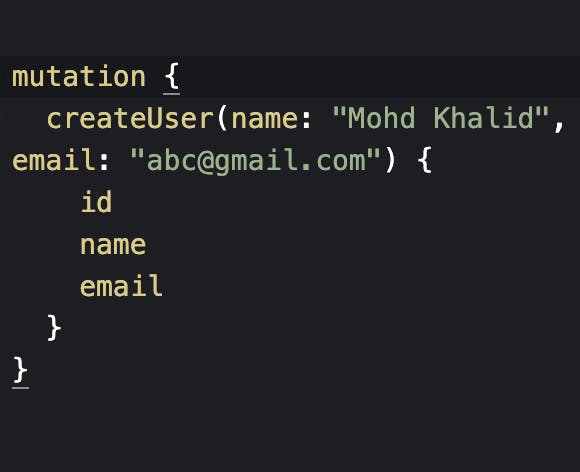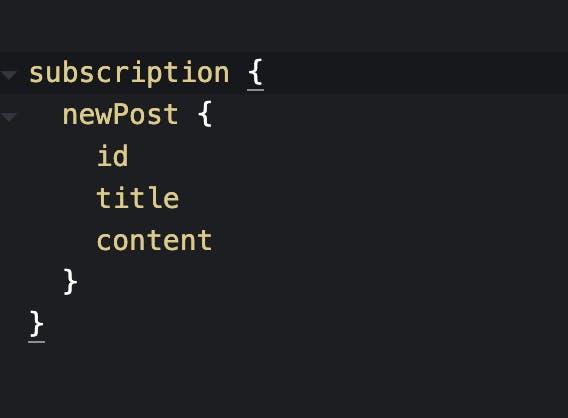Introduction: GraphQL has rapidly gained popularity as a flexible and efficient query language for APIs. With its intuitive syntax and powerful features, it has become a go-to choice for many developers. In this blog post, we will explore the key concepts of GraphQL and showcase some code snippets to help you understand its potential.
What is GraphQL?
GraphQL is an open-source query language that allows clients to request specific data from an API. Unlike traditional REST APIs, which often expose multiple endpoints for different resources, GraphQL provides a single endpoint for querying and manipulating data. It allows clients to define the structure of the data they need, reducing over-fetching and under-fetching of data.
Key Concepts:
Schema Definition Language (SDL): The Schema Definition Language is used to define the GraphQL schema, which serves as a contract between the client and the server. The schema defines the types of data available, along with the queries and mutations that can be performed.
Types: GraphQL supports various types, such as objects, scalars, enums, interfaces, and unions. Objects represent the core building blocks of a GraphQL API, while scalars represent simple values like strings, numbers, and booleans. Enums define a specific set of possible values, while interfaces and unions enable polymorphism and composition.
Queries: Queries in GraphQL are used to request specific data from the server. Clients can specify the fields they need and the server responds with the corresponding data. Queries can also include arguments to filter, paginate, or sort the results.

Mutations: Mutations enable clients to modify data on the server. They are similar to queries but are used for create, update, and delete operations. Mutations specify the data to be modified and return the updated data if needed.
Mutation Example:

Subscriptions: GraphQL supports real-time communication through subscriptions. Subscriptions allow clients to receive updates when specific events occur on the server. This is particularly useful for applications requiring real-time updates, such as chat applications or live dashboard

Conclusion: GraphQL provides a powerful and flexible approach to querying and manipulating data from APIs. With its declarative syntax, clients can precisely define the data they need, resulting in efficient and tailored responses. By understanding the key concepts and utilizing the code snippets provided, you can harness the full potential of GraphQL and build robust and scalable applications.
Remember, this blog post is just the tip of the iceberg when it comes to GraphQL. Dive deeper, explore advanced features, and experiment with GraphQL in your projects to unlock its true potential.
